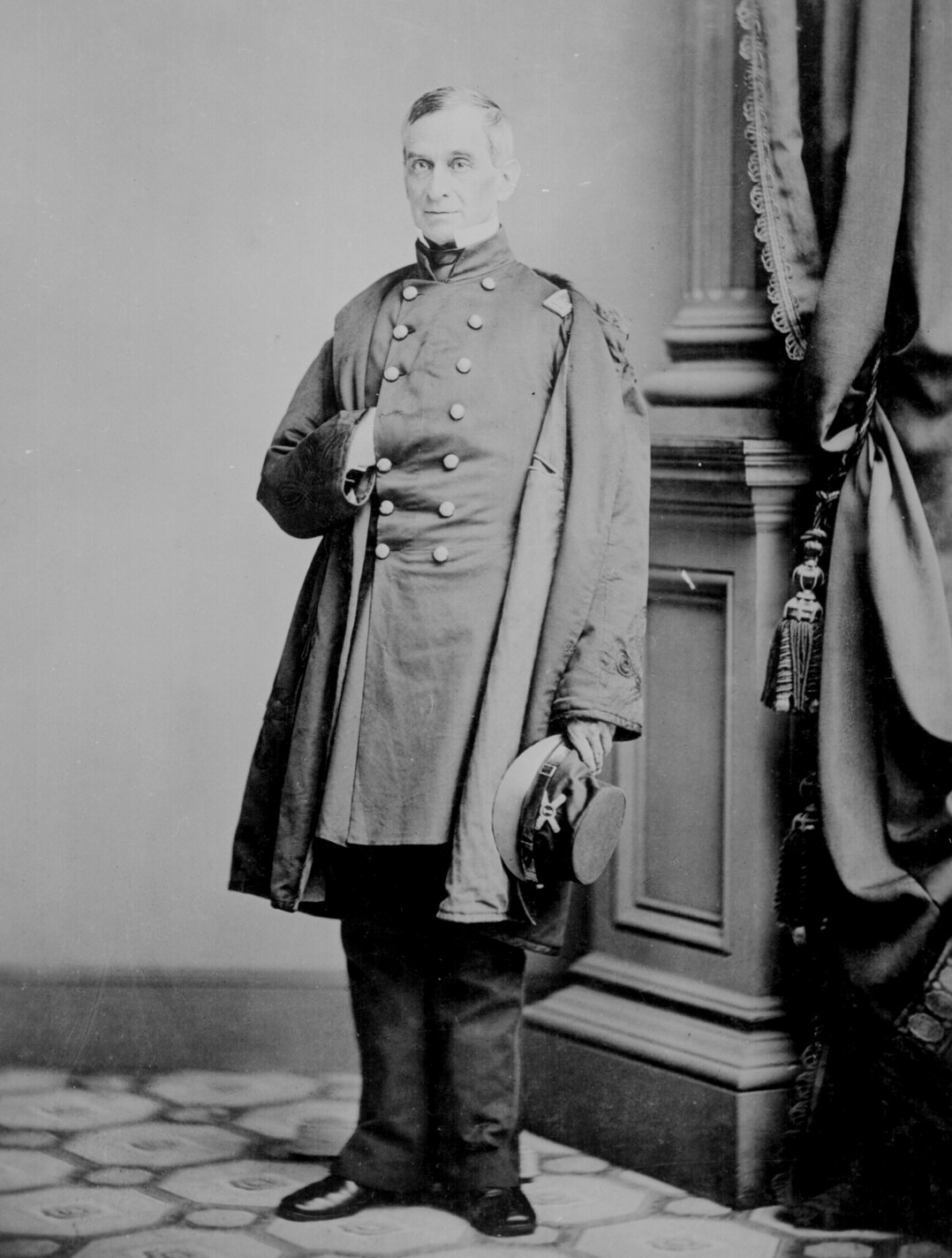 |
| Presentation of a flag to Kentucky Volunteers, September 1861 Harper's Weekly October 5, 1861 |
Today marks an important anniversary in which the national narrative and the story of the 79th Pennsylvania converge to help explain why the regiment fought in the war's Western Theater (i.e., Kentucky, Tennessee, Missouri, etc.). On September 3-4, 1861, Confederate forces under Gen. Gideon Pillow marched into the state to seize a strategic position along the Mississippi River, violating its stated position of neutrality. Until then Kentucky was walking a delicate balance of a pro-Southern governor, an official position of neutrality, a populace sympathizing more and more with the Union, and Northern and Southern armies camped on its doorstep.
In response to Pillow's invasion, Union forces under Brig. Gen. Ulysses S. Grant entered Kentucky a couple days later. Kentucky's governor wanted everyone out, but the General Assembly basically sided with the Union, setting the stage for a shadow Confederate government. Overall command of Union forces in the region (the Department of the Cumberland) rested with Brig. Gen. Robert Anderson (hero of Fort Sumter) and later with Brig. Gen. William T. Sherman, both of whom seemed overwhelmed by the task before them. Their pleas for more soldiers presumably influenced the War Department to route the 79th Pennsylvania and a couple other Pennsylvania regiments to Kentucky.
Read more:
Kentucky in the Civil War Wikipedia page
The Civil War in Kentucky: Battle for the Bluegrass State by Kent Masterson Brown
 |
| Brig. Gen. Robert Anderson, initial commander of the Department of the Cumberland By Mathew Brady [Public domain], via Wikimedia Commons |

No comments:
Post a Comment